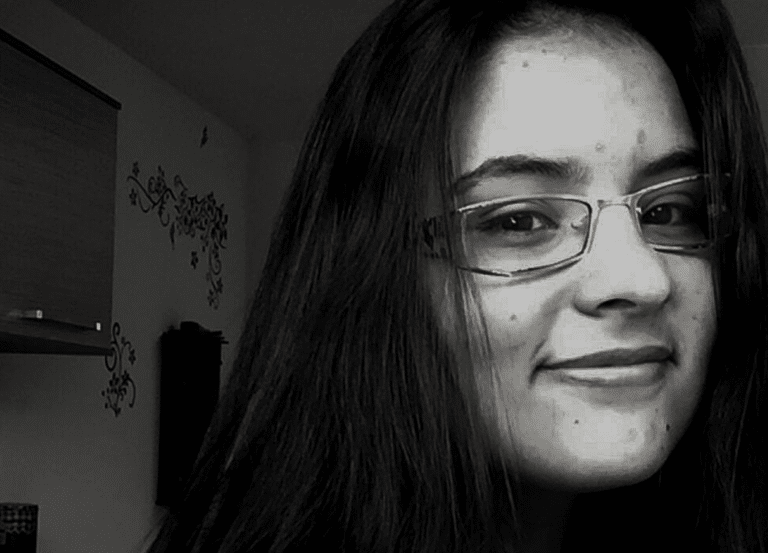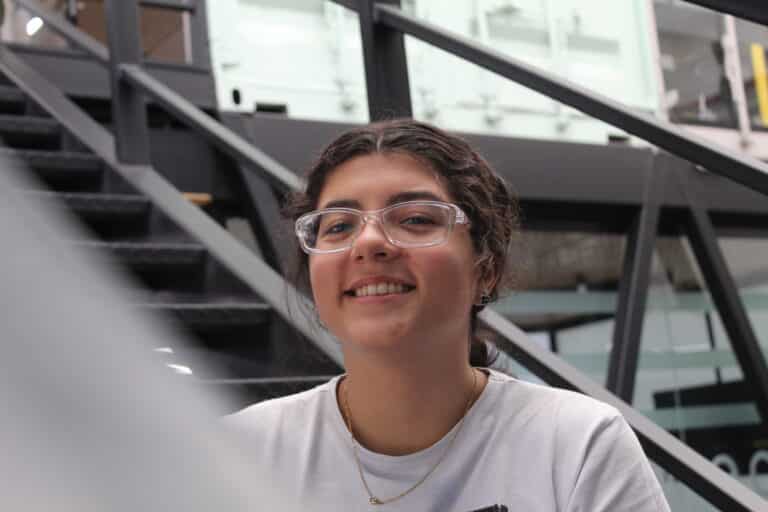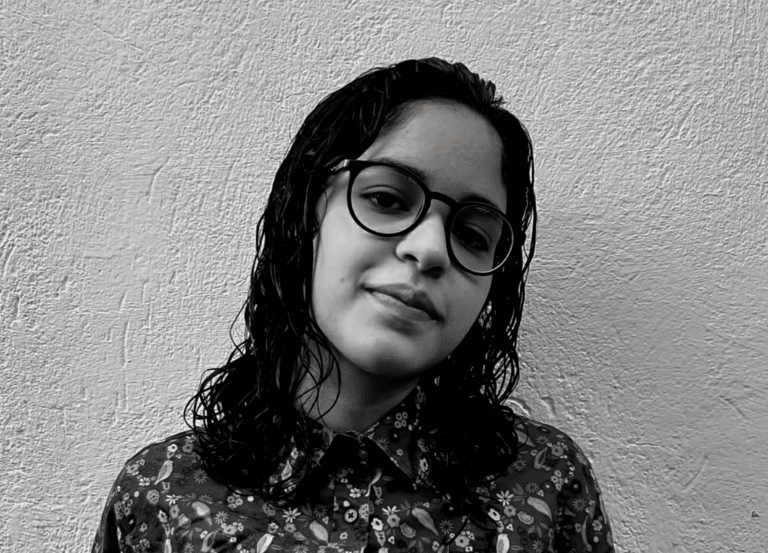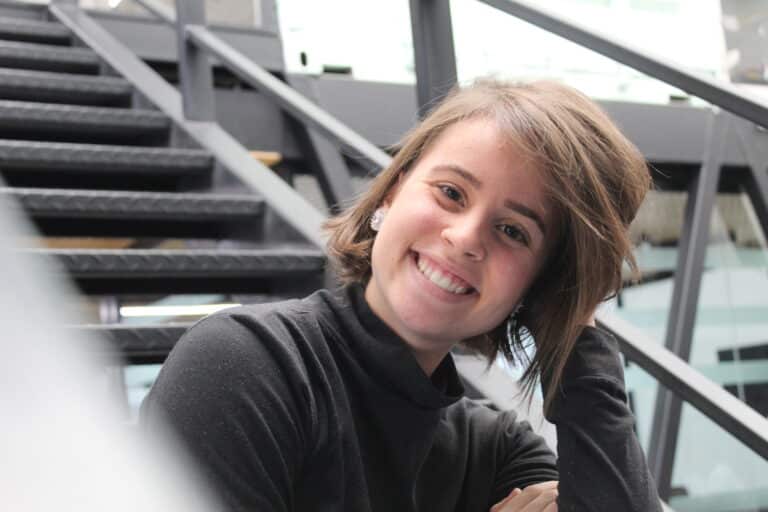Support program for black, indigenous, and peripheral young people
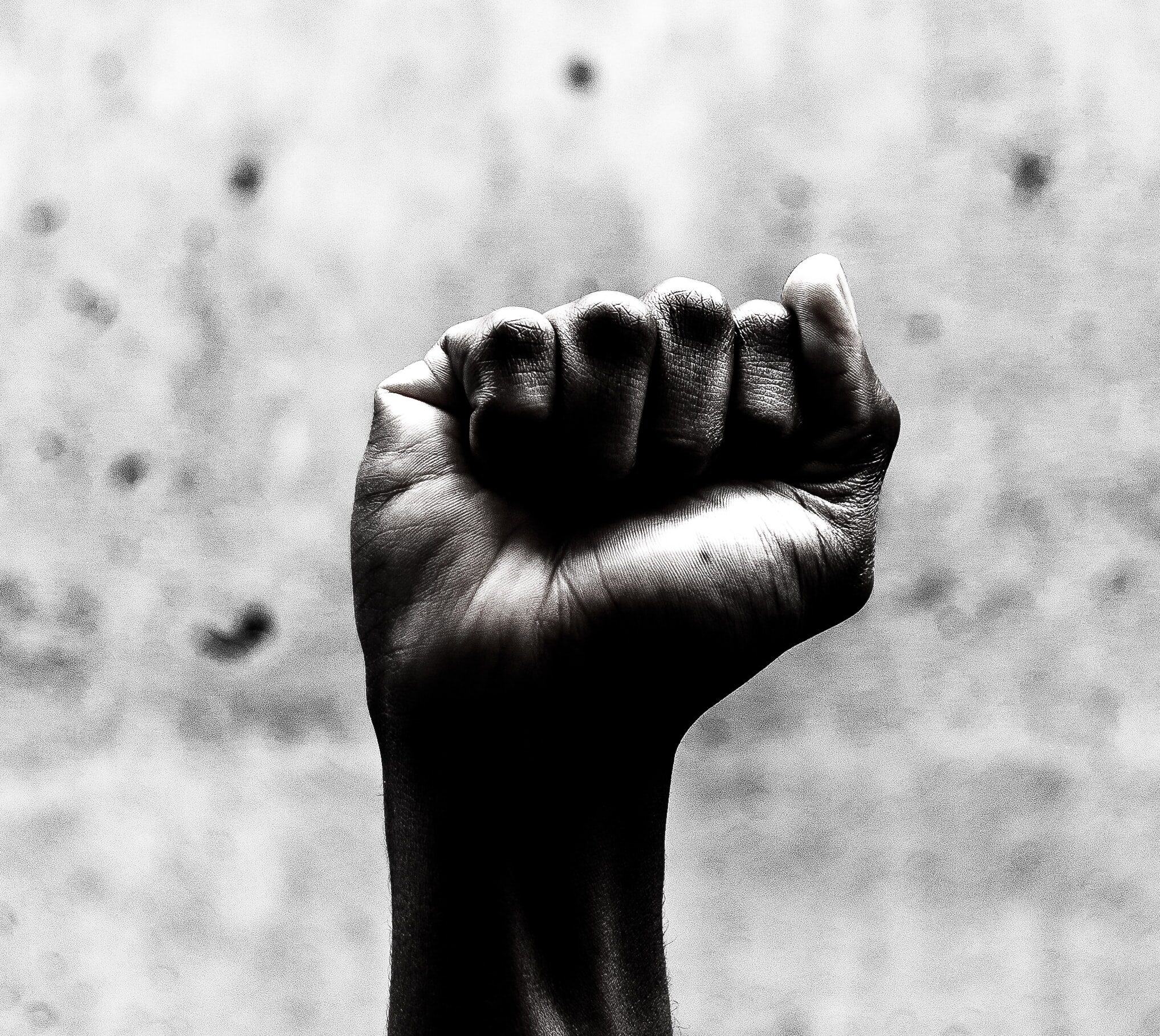
Intro
When I was selected to participate in LALA’s Leadership Bootcamp, I felt a mixture of ambivalent feelings: extreme happiness for another accomplishment and fear of the new that awaited me. But, as I learned to do with every opportunity, I seized it despite all the insecurity.
As a young black woman from Brazil’s northeast, taking the first step into applying to a Latin American leadership development program was not easy or intuitive because I had to forge an unknown path. What was an application? Would I encounter northeastern, black, minority people? Excitement with this new opportunity proportionally coexisted with the uncertainty about its environment and people. Yet, despite facing these possibilities, the rules of a society reflected by coloniality, as a black person, I took another step towards the new.
After seven intense and transformative days in Sao Paulo, I met more than thirty young people from all parts of Brazil, all with their particularities which made them distinct but similar in the goal of leading the change in their communities. Finally, I returned to Salvador, certain that I would find the education I wanted to work for and conscious that I would need to deconstruct several barriers to reach youth with an analogous reality to mine. My concerns coincided with those of other young black people from the community. From this enthusiasm about the change, we created an access solution that, “from us to us”, would embrace, listen and co-create.
A Change From Inside Out
A year after my Bootcamp experience, as a member of the LALA community, I saw myself as part of an ecosystem full of opportunities, which despite covering the continent, did not reach people from places like mine. Aspects like language- (English back then) and accessibility perpetuated in my community the same cycles of inequality (structural racism and economic disparity) present in society at large. Determined to make LALA’s community more “of my own” and open to our realities, together with another student Alan Rodrigues, we created the Application Support Program for black, indigenous, and minority young people. Following the steps of the admissions process- the submission of essays, a video, and the realization of an interview- the Program aids applicants throughout all the steps to address the challenges they face, ensuring that they stay in the process and have the chance to join LALA.
The Prototype
We moved quickly and started in the middle of an admissions process to make our project possible as soon as possible. First, I, together with the student and LALA’s support, used my own experience and sought the challenges faced in the communities we wanted to reach to generate solutions that addressed the primary pain points of our public. Then, we made it happen.
Developing the Application Support Program for black, indigenous, and minority young people was a process of channeling creativity and resistance in favor of a solution that embraced our public. Through a humanized process, we met young dreamers, their stories, and their territories- all the central points of leading toward change and transforming the communities.
With less than a month to make the Program a reality, we started from the most critical issues: informative resources and personal accompaniment; such movement would not be possible without thinking about both at the individual and collective (as a community) levels. Then, this first draft taught us we needed to invest in mentorship, webinars & workshops, and actions to retain people – for a structural problem, a complete solution.
Three pillars built the foundation of the project:
- Communication: as a first move, we organized a communication process that was representative and accessible to the youth’s reality. From there, we reached more than 30 black and peripherical young people from Brazil’s northeast, southeast, and mid-west regions.
- Community: with this initial cohort, we conducted webinars and open calls to develop purpose and a sense of collectivity with the youth during the application process. We approached topics that covered the application process, doubts, and proposals of themes, such as self-esteem, self-knowledge, storytelling, and narrative.
- Mentorship: we used the mentorship format to reach candidates individually during the process of self-discovering and self-affirmation needed for the application. Through this contact, we supported the young people and came even closer to their realities and challenges.
We knew that what we started with Support Program’s first edition could not be stopped- having reached more than 30 young people (15 of them were approved for the V-Camps). The first move proved that it is possible to impact our community and bring more representativity and diversity; this made it viable to take institutional steps related to the admissions process, people permanence, and strategic partnerships. From this experience, LALA developed partnerships with organizations such as Anaí (indigenous organization), Gerando Falcões, and Redes de Maré, strengthening our commitment to the inclusion of indigenous and minority people.
The impact of these changes was not limited to the young people directly impacted by the program. It kicked off the beginning of a systemic transformation of LALA. Over time, the Application Support Program has taken more space and established itself as a successful alumni initiative, mobilizing more mentors- that are black, indigenous, and allies; the program has directly revolutionized the face of our community of Latin American leaders. It had ripple effects in multiple areas: financial aid, alumni engagement, community culture and selection, and the distribution of opportunities.
Main Lessons
A year and a half after the first edition, we now have a structure of 25 trained mentors. 232 young people were reached during the accompaniment phase, 103 of whom applied, and 58 were approved to the LALA Bootcamps: people like the 20-year-old Maria Eduarda from Minas Gerais, Karina Tumbalalá from Bahia, and Danielly Poá from Sao Paulo. The program is much more structured, with internal roles in communication, curriculum, and people management; besides, as a program, we work on mentorships, webinars, and retainment actions. Among the main lessons extracted from this experience are:
- “You can’t be what you can’t see”: as one of the central challenges, representativity was one of the first barriers faced by youth. Since they did not see themselves in our communications, how could they believe in joining our community? Therefore, guaranteeing a representative communication strategy that spoke to the diversity of Latin American youth was essential.
- Structural change requires structural steps: the Application Support Program represented an emergency first step for a profound issue that does not exist only at LALA. However, the steps needed to overcome this issue must start inside out. Thus, understanding the primary pain points and the structural steps to address them was vital for establishing a strategic plan that reached not only the candidates but that also brought changes to the organization’s internal structure.
- Co-creation & community: as an initiative created and executed by the alumni community, the Program includes a dynamic construction based on continuous improvement and co-creation processes. We understand that every volunteer has room for growth and protagonism during the execution, innovation, and problem-resolution process, possibly impacting the initiative. Besides that, we encourage a support system so that protégés become mentors, multiplying the impact and reinforcing our sense of purpose and community.
- Documentation of the journey, gathering feedback, and continuous improvement: at the end of each season, we conduct an internal process to capture all relevant information about the Program’s outcomes, such as the number of young people reached, withdrawals, and topics related to the young’s main challenges during the admissions process. This allowed us to evaluate the strengths and weaknesses to be considered in the following seasons and to plan other actions related to DEIA at LALA.
Conclusion
As a community of young Latin American leaders, we represent multiple realities accompanied by strengths and challenges. As a part of the change, we constantly work with LALA to break cycles and promote opportunities for the youth to develop themselves to their full potential. Our movement is characterized not only by a certain internal structure but also by a collective and philosophical belief in support, community, and growth. Ubuntu.
As a program, the Application Support Program emerged as an urgent need to change, leading LALA as an organization to deeply rethink its internal structures. Today, something that started with two alumni is now rooted in the organization’s community, ecosystem, and departments. Our impact grows each season as each new student supported joins LALA through the path we have forged; we look forward to realizing our purpose of turning our community into a place that truly represents the diversity of Latin America.
Three years after joining LALA, I see that we, the youth, are also transforming the community with our own hands. Today, I understand that no young person will face my challenges because we changed reality and actively encouraged each young person’s protagonist.
This is a story written by Tássia de Matos, a LALA’s DEIA Team member. Photo by Oladimeji Odunsi on Unsplash.
